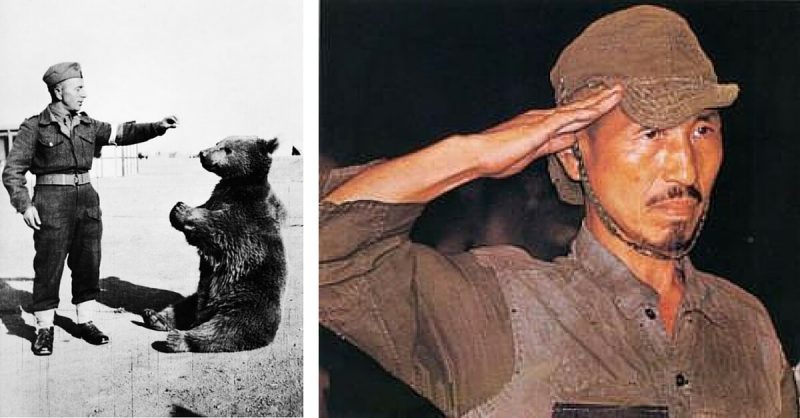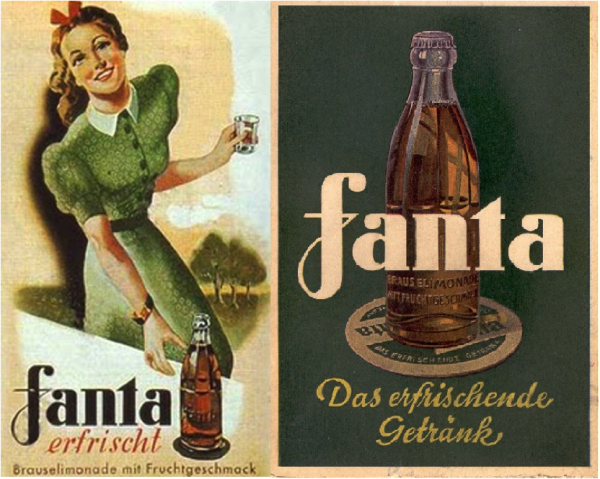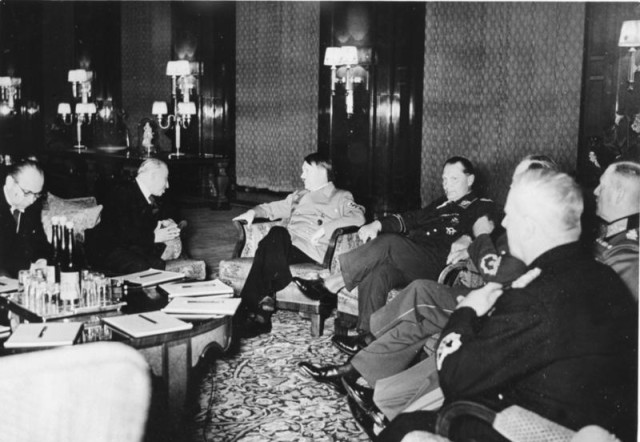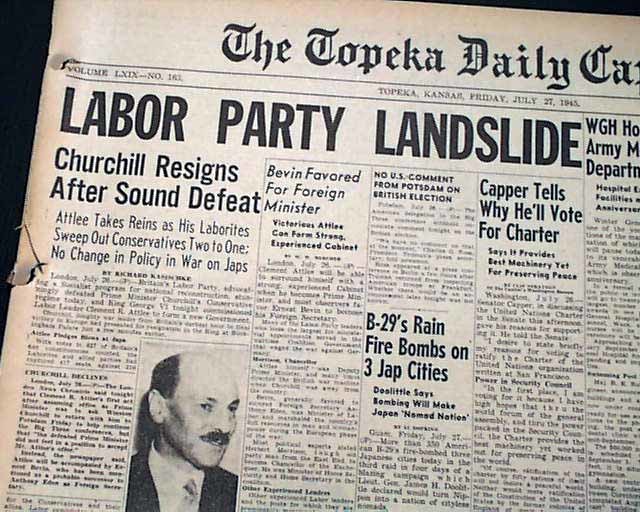While the basics of WWII are widely known, there are more than a few fascinating facts that may have slipped past you – here are just 30 of them!
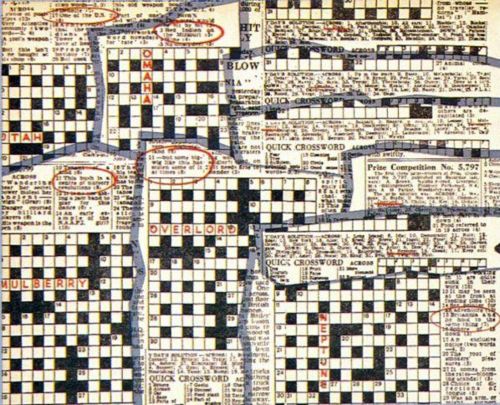
Leonard Dawe, a crossword compiler for the Telegraph, used a number of D-Day operation code-names as the answers in his puzzles, just a few months before the operation took place. MI5 interrogated him – only to discover that it was a random coincidence. – Historic-UK
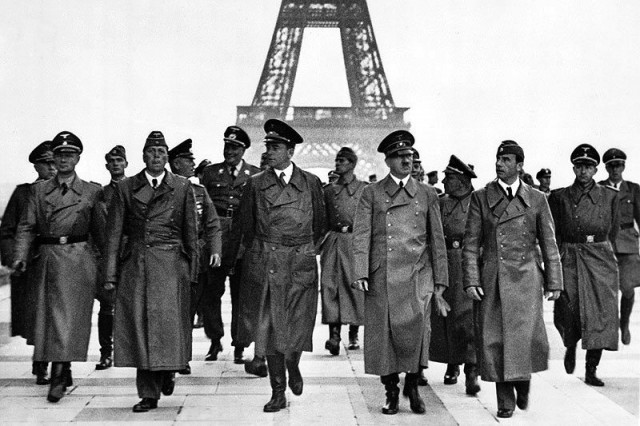
The lift cables of the Eiffel Tower were cut by members of the French Resistance, after Germany occupied France in June 1940. As a result, German soldiers had to literally climb their way to the top before they could fly the swastika flag. – Rarehistoricalphotos
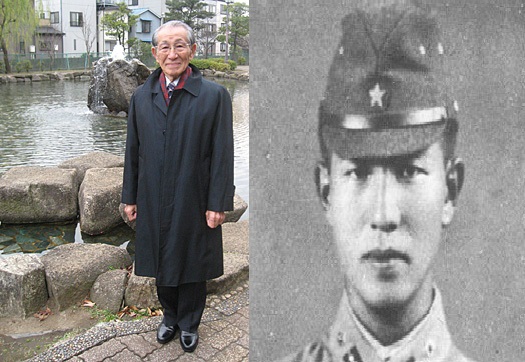
The last Japanese soldier to surrender, Hiroo Onoda, did so in 1974, 29 years after WII was over. – The Guardian
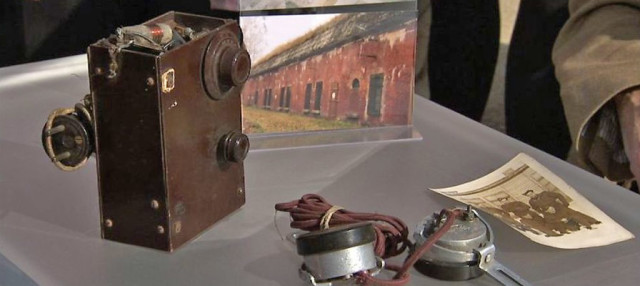
A radio belonging to a British Prisoner of War was hidden so well that when the soldier visited the camp 62 years later, he found it right where he left it. – BBC
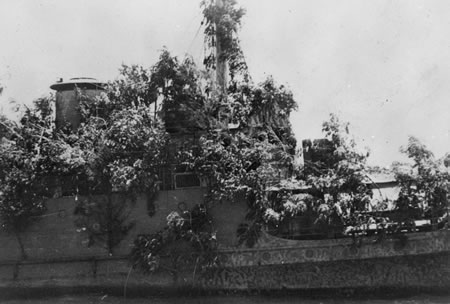
A Dutch warship, HNLMS Abraham Crijnssen, was covered with tree branches to disguise it as a tropical island. – Wikipedia
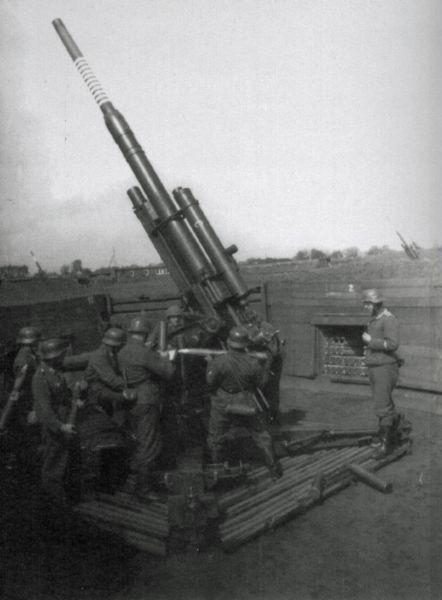
On average it took 16,000 88mm anti-aircraft shells to bring down a bomber – The Guns At Last Light
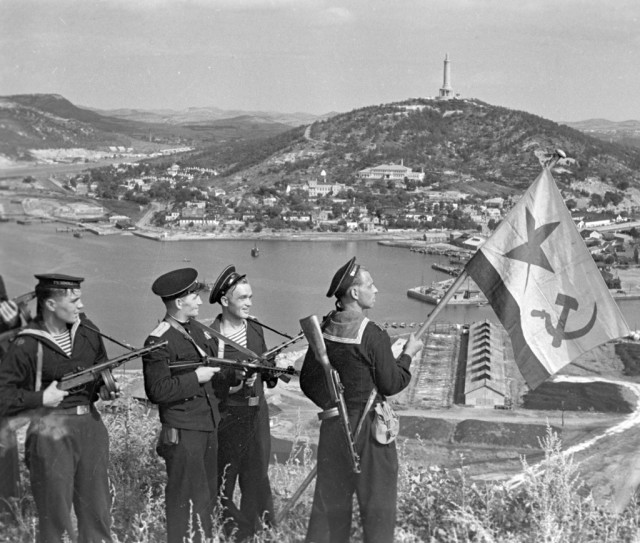
Japan and Russia still haven’t signed a peace treaty to end WWII due to a dispute over sovereignty of the Kuril Islands. – Deliveringdata
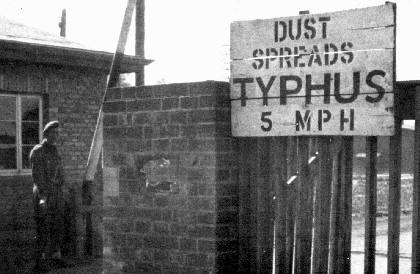
Two Polish doctors discovered that the Nazis would not deport anyone to a concentration camp who tested positive for typhus for fear that the disease would spread. The two injected Jews and non-Jews in their city with a vaccine containing Dead Epidemic Typhus that would test positive but have no adverse effects, saving approximately 8,000 lives. – JewishVirtualLibrary
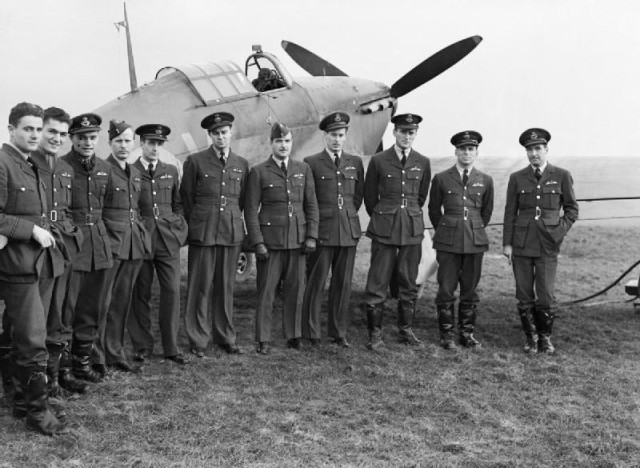
Canada declared war on Japan before the US did – Publications.GC.ca
Fanta was invented in Nazi Germany when the war made it difficult import Coca-Cola syrup from the US. – Snopes
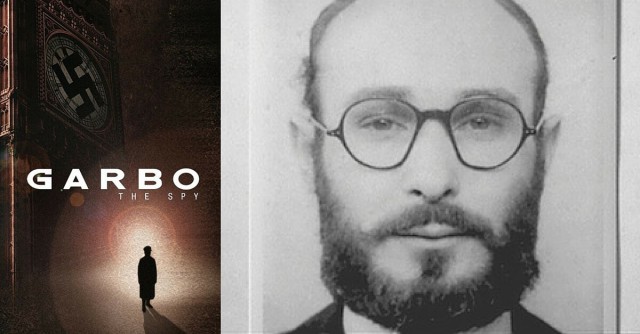
Juan Pujol Garcia, codename Garbo, was a double agent who was awarded both the German Iron Cross and the Member of the British Empire award. – Badassoftheweek
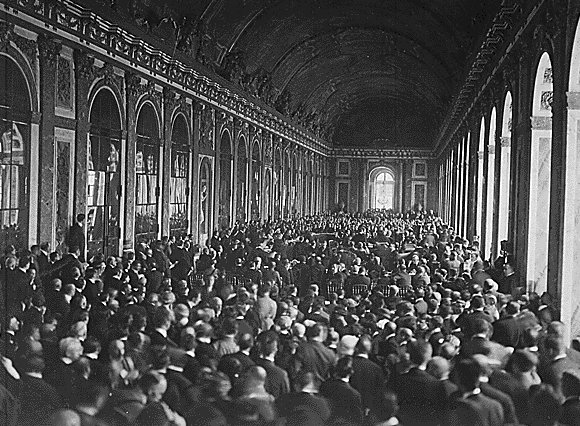
After the Treaty of Versailles, Ferdinand Foch said “This is not peace. It is an armistice for 20 years.” 20 years and 64 days later – WWII broke out. – Wikipedia
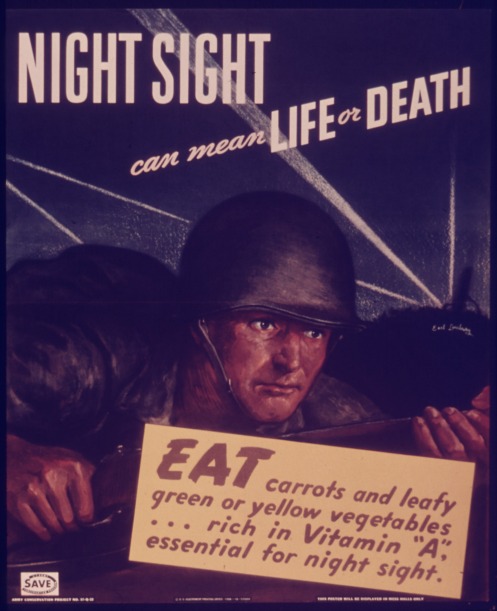
To prevent the Germans from finding out that the British had Airborne Interception Radar onboard fighter aircraft, the British started a rumor that their pilots had excellent night vision from eating lots of carrots. This rumor has continued to today as many people think carrots improve eyesight. – Smithsonian mag
Emil Hacha, the President of Czechoslovakia, suffered a heart attack after hearing about Hitler’s plan to bomb the capital. – Wikipedia
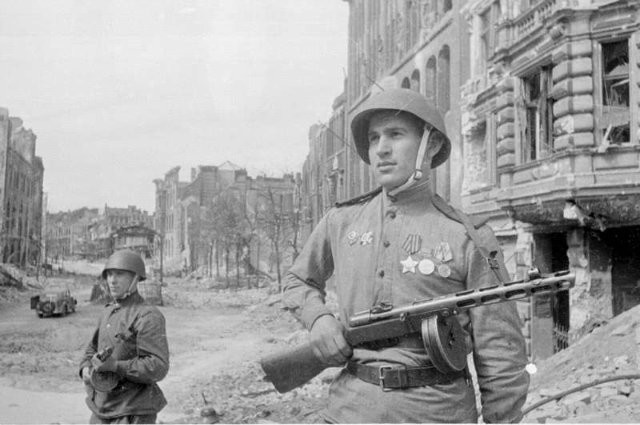
Of the males born in Soviet in 1923, only 20% percent survived the war
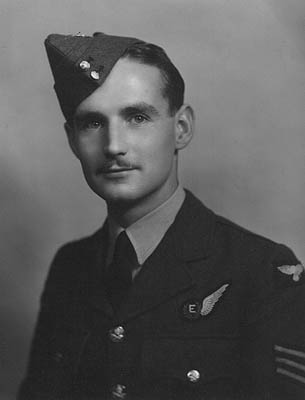
Royal Air Force Sergeant Nicholas Alkemade was a rear gunner in Royal Air Force Avro Lancaster heavy bombers during WWII and fell 18,000 feet without a parachute. His fall was broken by pine trees and a soft snow cover on the ground and he survived with only a sprained leg. – Leicestermercury
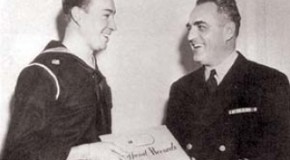
Hitler’s nephew, William Patrick Hitler, fought for the US Navy against his uncle. – AmericanInWWII
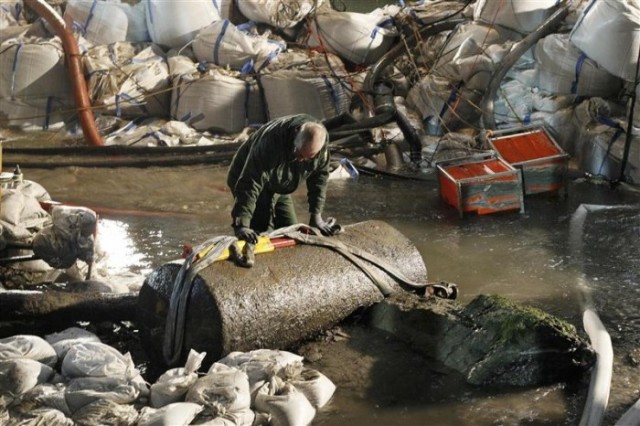
Approximately 5,500 unexploded are discovered and defused in Germany every year. – Discovery
Winston Churchill lost the 1945 election just two months after winning the war, and he had to leave the Potsdam conference and return home – HistoryToday
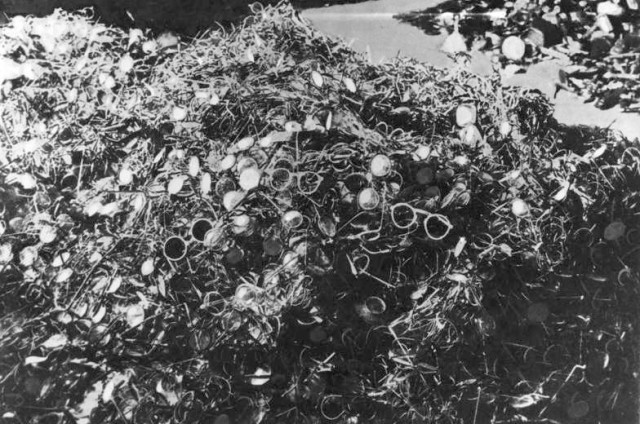
Hitler ordered the collection of 200,000 Jewish artifacts to be displayed after the war ended in a trophy case called The Museum of an Extinct Race. – Independent
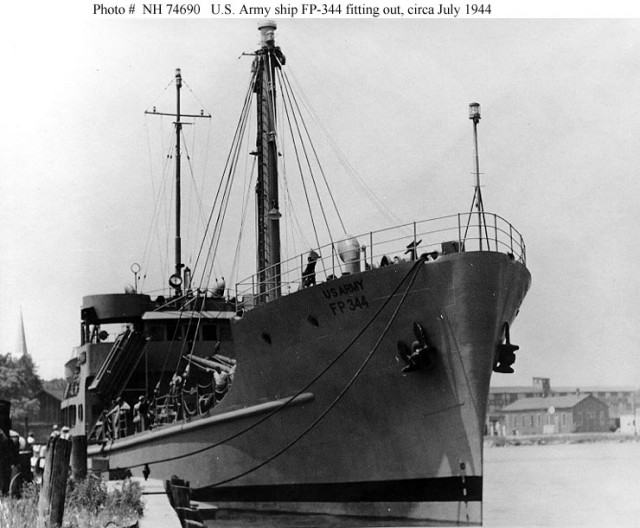
The US Army posessed more ships that the US Navy.
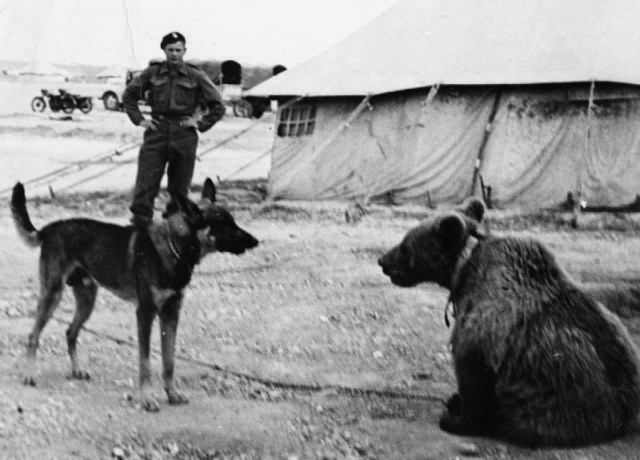
In 1942, the Polish Army trained a brown bear named Wojtek to move crates of ammunition, a task he performed in Italy. After the war, he lived at the Edinburgh Zoo, where he died in 1963. – TheSoldierBear
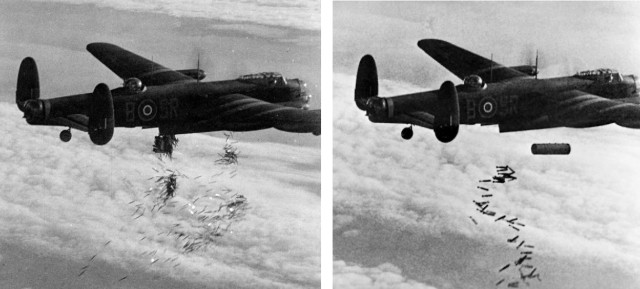
Of 7,374 Lancaster built, 3,349 would be lost in action, the British crew having just a one-in-five chance of survival. – The Guns At Last Light

During the war, Canada gave out badges to people who tried to enlist but were refused due to medical reasons, honoring their willingness to fight. – Veterans.GC.ca
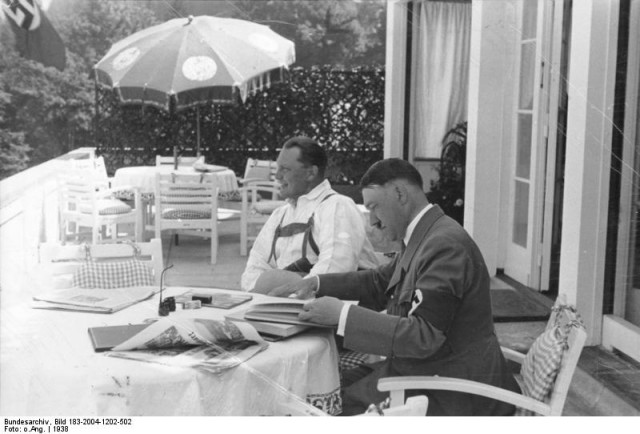
Never did Hitler visited a single concentration camp, nor did he ever visited a bombed city. – Telegraph
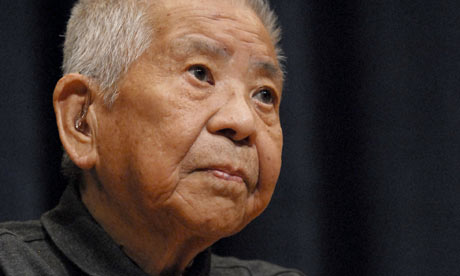
Tsutomu Yamaguchi is the only person the Japanese government recognized as having survived both the Hiroshima and Nagasaki atomic bombings. – Independent
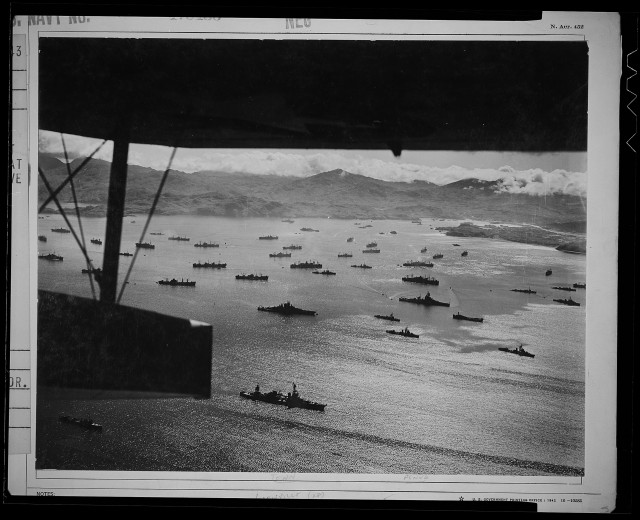
Kiska, one of the Aleutian Islands off Alaska, was invaded by 35,000 US and Canadian troops on August 15, 1953. In the landing, 21 soldiers were killed under heavy bombardment. But there was no enemy. The expected Japanese had completely abandoned the island. Casualties were from friendly fire and booby traps.
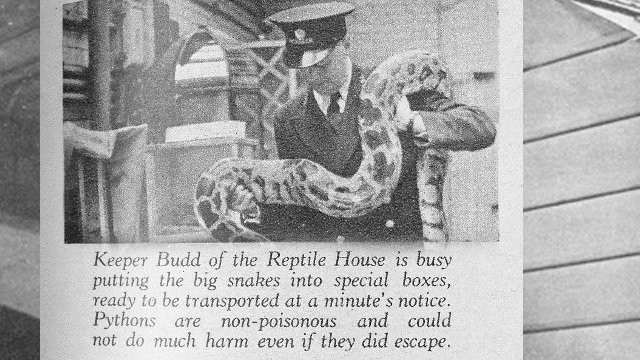
All venomous animals at the London Zoo were killed at the beginning of the war in case the zoo was bombed, and the animals escaped. – ZSL
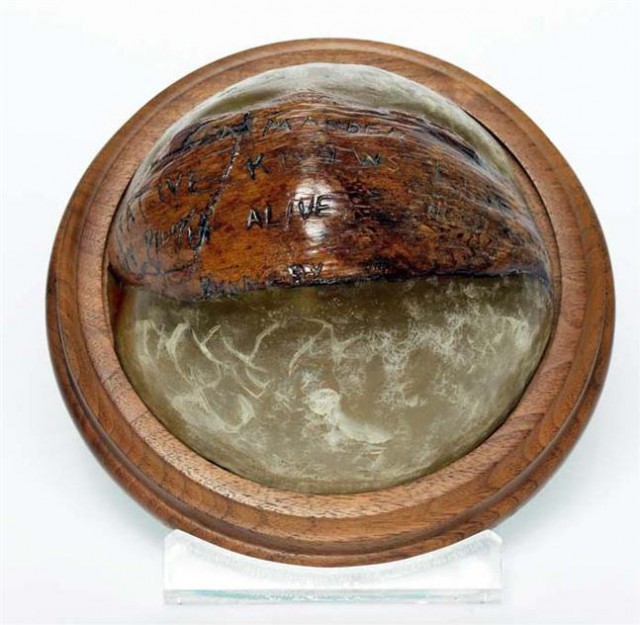
While serving as a commander of a motor torpedo boat, John F. Kennedy and his crew were hit by a Japanese destroyer and stranded in the Solomon Islands. Kennedy carved a message into a coconut shell and asked two natives to bring it to the nearest Allied base. They succeeded, and Kennedy was rescued. The coconut shell was preserved as a paperweight on his desk in the Oval Office. – LettersOfNote
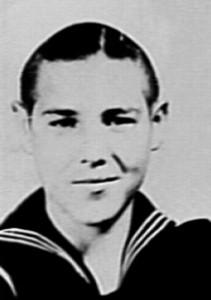
The youngest person to serve in the US Armed Forces was twelve years old. His name was Calvin Graham. He was wounded in battle and given a Dishonorable Discharge for deceiving the Navy about his age. An Act of Congress later restored the benefits due him as a veteran.
